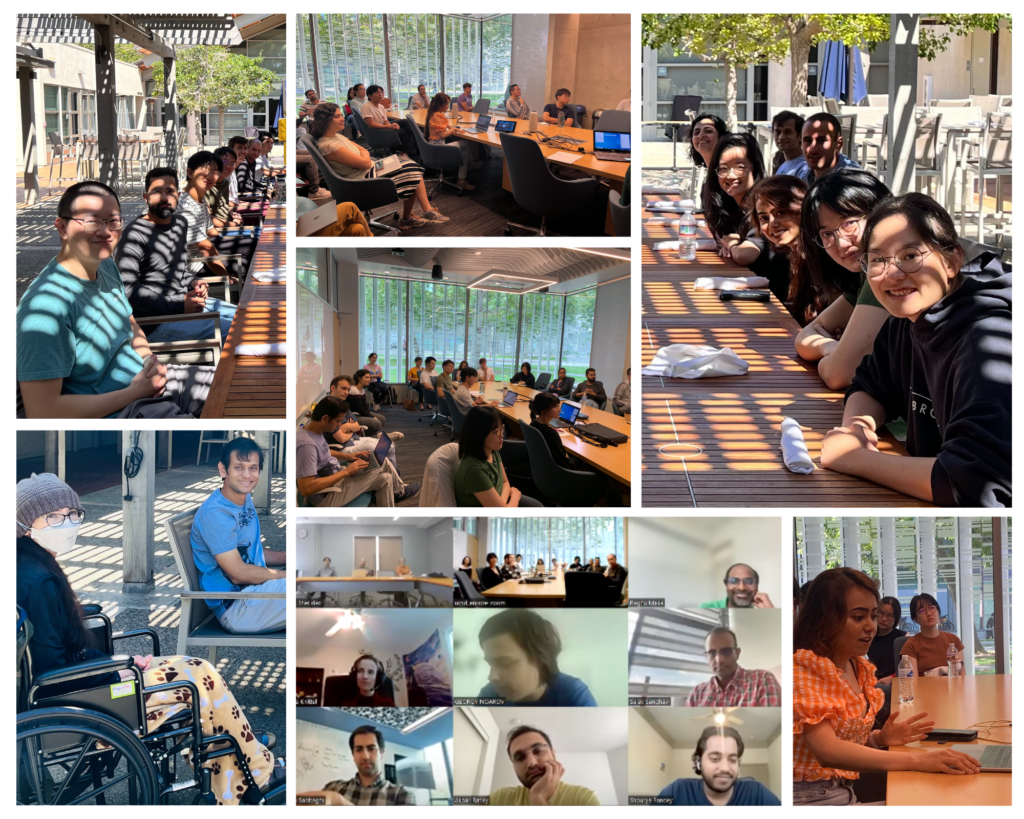
EnCORE Student Meet
EnCORE brings together students across different universities to discuss research in an informal setting.
DETAILS:
- Biweekly
- 09:00 AM PT - 11:00 AM PT
Spring 2023
Monday, May 8, 2023
AGENDA
09:00 AM PT – 09:20 AM PT Introduction
09:20 AM PT – 11:00 AM PT Research Presentations
SPEAKERS
Monday, April 24, 2023
AGENDA
09:00 AM PT – 09:20 AM PT Introduction
09:20 AM PT – 11:00 AM PT Research Presentations
SPEAKERS
Monday, April 10, 2023
AGENDA
09:00 AM PT – 09:20 AM PT Introduction
09:20 AM PT – 11:00 AM PT Research Presentations
SPEAKERS
Monday, March 20, 2023
AGENDA
09:00 AM PT – 09:20 AM PT Introduction
09:20 AM PT – 11:00 AM PT Research Presentations





